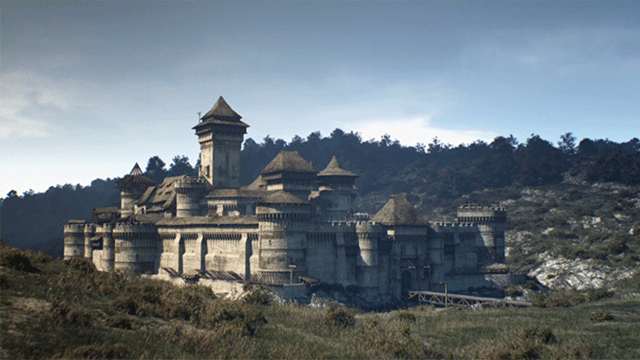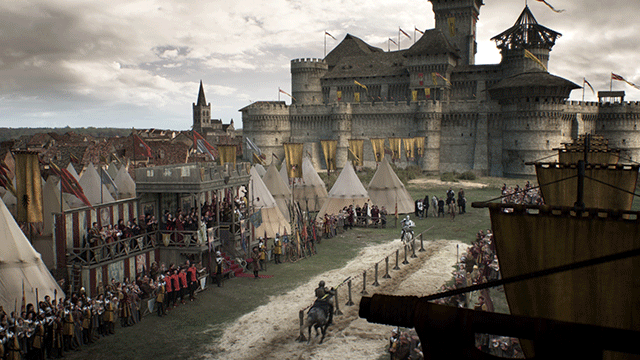Knights first became knights at the time of the crusades. One of the many Knights of the Teutonic Order who wanted to liberate the Holy Land from the clutches of the “infidels” was Heinrich von Neuffen. In 1229, he followed Emperor Frederick II’s call to join the Fifth Crusade, and was promised a place in paradise, adventure and rich rewards. In the meantime, the knight’s wife remained at home alone. Then it was her turn to wield the sword, hold court, oversee the defence of the castle and resist sweet temptations.
He could have become an emperor, but didn’t. “Then I’ll become a knight, one of the best.” At the age of only 14, John of Bohemia (1296-1346) led his first castle siege and travelled from one battlefield to the next. He earned a reputation as a “noble knight” and was a sought-after arbitrator in “life or death” trials when a “divine judgement” was called upon. “I serve” was the chivalric motto on the banner he carried as he entered the battle of Crécy in 1346 – full of a sense of honour but also totally blind. At least he could hear what awaited the knights: the rumbling of guns and the thud of thousands of arrows being fired by English longbows. From a military point of view, the age of the knights was drawing to an end, but never before had the beautiful illusion of knighthood shone so brightly.


